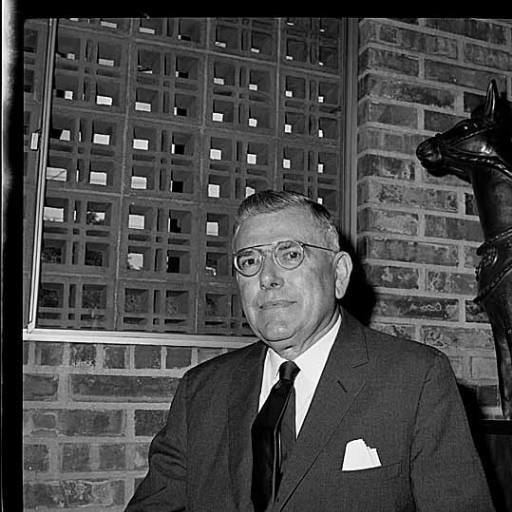Name Paul Thiry Books Eskimo artifacts | Died June 27, 1993 Role Architect | |
Structures Museum of History & Industry (MOHAI), Frye Art Museum | ||
Paul thiry seattle house for sale nickel bros
Paul Thiry (1904–1993) was an American architect most active in Washington state, known as the father of architectural modernism in the Pacific Northwest. Thiry designed "some of the best period buildings around the state of Washington during the 1950, 60s and 70s."
Contents
- Paul thiry seattle house for sale nickel bros
- Mohai minute paul thiry
- Life
- Lewis and Clark College
- Projects
- References
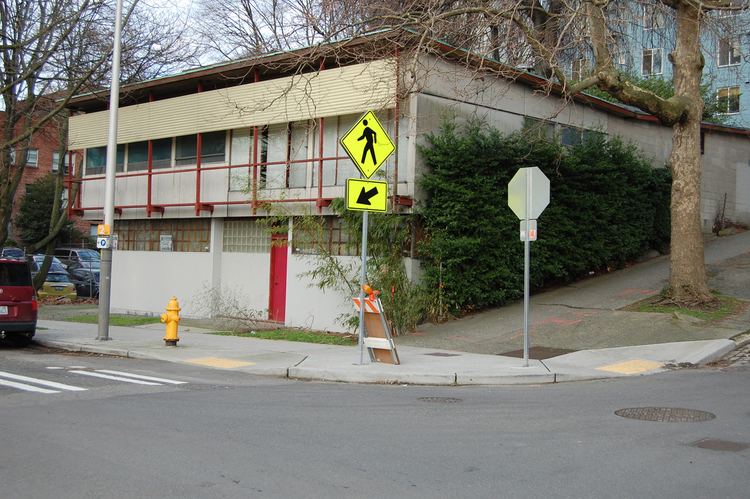
Mohai minute paul thiry
Life
Thiry was born in Nome, Alaska, of French parents. He was a 1928 graduate of the architecture school at the University of Washington and studied at the École des Beaux-Arts in France traveled in Europe and met Le Corbusier, before returning to Seattle in 1935.
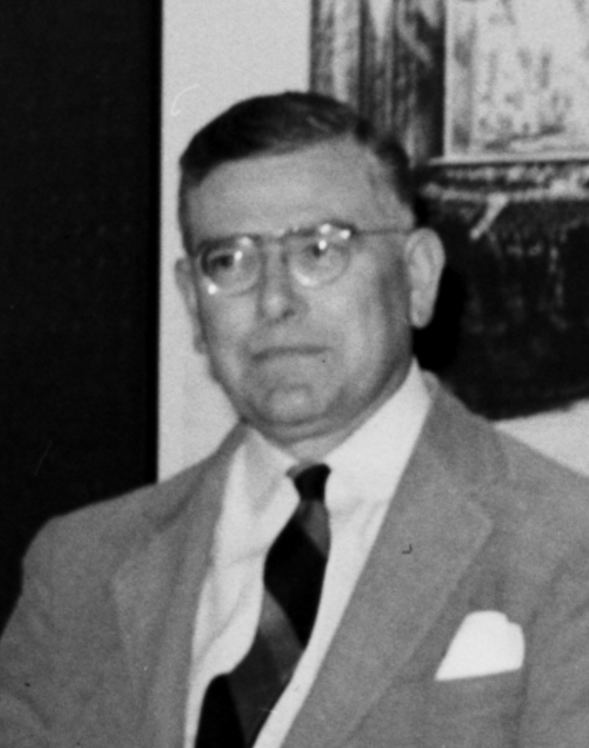
He designed his own house upon his return but had few commissions in the 1930s. Those he built "showed a clear understanding of the European International Style in his use of spare, geometric forms, clean lines, and new building technologies."
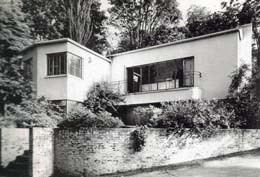
Thiry came to national attention in 1937 with a cement-based stuccoed residence for a manager at Portland Cement, Frank J. Barrett. The innovative house was published in The Modern House in America in 1940: the garage and house formed two rectangles, with a "smooth, undecorated exterior", its doors and windows flush with the surface. Steel window frames were painted blue-green, and glass-brick was used around the entry and along the walls of the partly sunken living room.
Thiry served as supervising architect for the Seattle World's Fair, responsible for the overall plan and coordinating the work of contributors like John Graham Jr. (for the Space Needle), Minoru Yamasaki, and the landscape architect Lawrence Halprin. Thiry's own designs for the fair included the Washington State Pavilion, now the KeyArena.
Thiry has been compared to other modernists in the Northwest such as Pietro Belluschi (1899–1994) and John Yeon (1910–1994). Thiry is quoted as having said that "Buildings should be good neighbors." He is credited with being "instrumental" to introducing International Style architecture in Seattle.
Lewis and Clark College
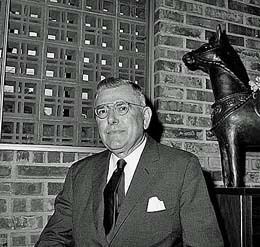
Thiry designed the Agnes Flanagan Chapel, the Watzek Library, and the Biology-Psychology Building at Lewis and Clark College in Portland, Oregon.
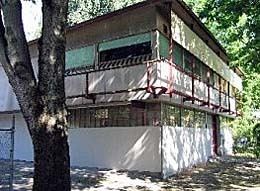
The Flanagan chapel is "a creatively designed 16-sided structure" with an 85-rank Casavant Frères organ and seating for 600 people. According to the Lewis and Clark website the building "serves as a meeting place for lectures, musical performances, and religious services. The entry is a bridge flanked by Northwest Coast Indian-style statues depicting the four evangelists (Matthew, Mark, Luke, and John) created by the native artist Chief Lelooska.
Projects
